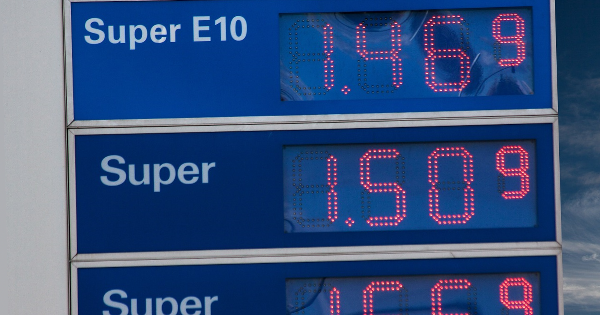
Dynamic pricing is a pricing approach which flexibly adjusts the price of a product or service in response to various factors, but most especially to momentary demand for the product or service.
The CEO’s comments that BigDog’s dynamic pricing algorithm is a black box with which no single person can tamper have done little to silence those accusing the company of price discrimination.
Dynamic pricing has long been used in tourism and transportation, with higher prices being charged during the main vacation seasons and lower prices off-season. Utilities such as electricity and telephone can also be priced higher at peak times and more cheaply at off-peak times. Dynamic pricing is also used in retail, and particularly in e-commerce, with prices being adjusted in real time based on current demand, pricing information from competitors, and other factors. In all cases, the objective of dynamic pricing is to maximize revenue by increasing price at periods of high demand and reducing it when demand is low. Sometimes, however, this may lead to public outrage (as in the extreme case of jacking up food prices during a famine) and even legal complaints (when dynamic pricing crosses a line beyond which it becomes illegal price discrimination).
Dynamická cenotvorba je přístup k cenotvorbě, který flexibilně mění cenu produktu nebo služby v reakci na různé faktory, ale především na momentální poptávku po tomto produktu nebo službě.
Komentáře generálního ředitele společnosti BigDog o tom, že algoritmus dynamické cenotvorby je černá skříňka, se kterou žádná osoba nemůže manipulovat, příliš neutišily hlasy těch, kdo společnost obviňují z cenové diskriminace.
Dynamická cenotvorba se již dlouho využívá v turismu a dopravě, kdy jsou účtovány vyšší ceny během hlavní sezóny dovolených a nižší mimo sezónu. Služby jako elektřina a telefon také mohou být naceněny výše ve špičce a levněji mimo špičku. Dynamická cenotvorba se využívá také v maloobchodu, a zejména v elektronickém obchodě, kdy se ceny upravují v reálném čase na základě aktuální poptávky, cenových informací od konkurentů, a dalších faktorů. Ve všech případech je cílem dynamické cenotvorby maximalizovat tržby zvýšením cen v obdobích vysoké poptávky a jejich snížením, když je poptávka nízká. Toto však někdy může vést k veřejnému rozhořčení (například v extrémním případě zvýšení cen potravin během hladomoru) a dokonce právním stížnostem (když dynamická cenotvorba překročí hranici, za kterou jde o cenovou diskriminaci).
English Editorial Services’ mission is to assist international businesses and organizations of all sizes to communicate clearly, correctly, and persuasively with their business partners and target audiences.
Simply subscribe to receive our Business Term of the Day at no charge to your inbox each business day, with explanation in English and Czech.



English Editorial Services’ mission is to assist international businesses and organizations of all sizes to communicate clearly, correctly, and persuasively with their business partners and target audiences.
Simply subscribe to receive our Business Term of the Day at no charge to your inbox each business day, with explanation in English and Czech.

